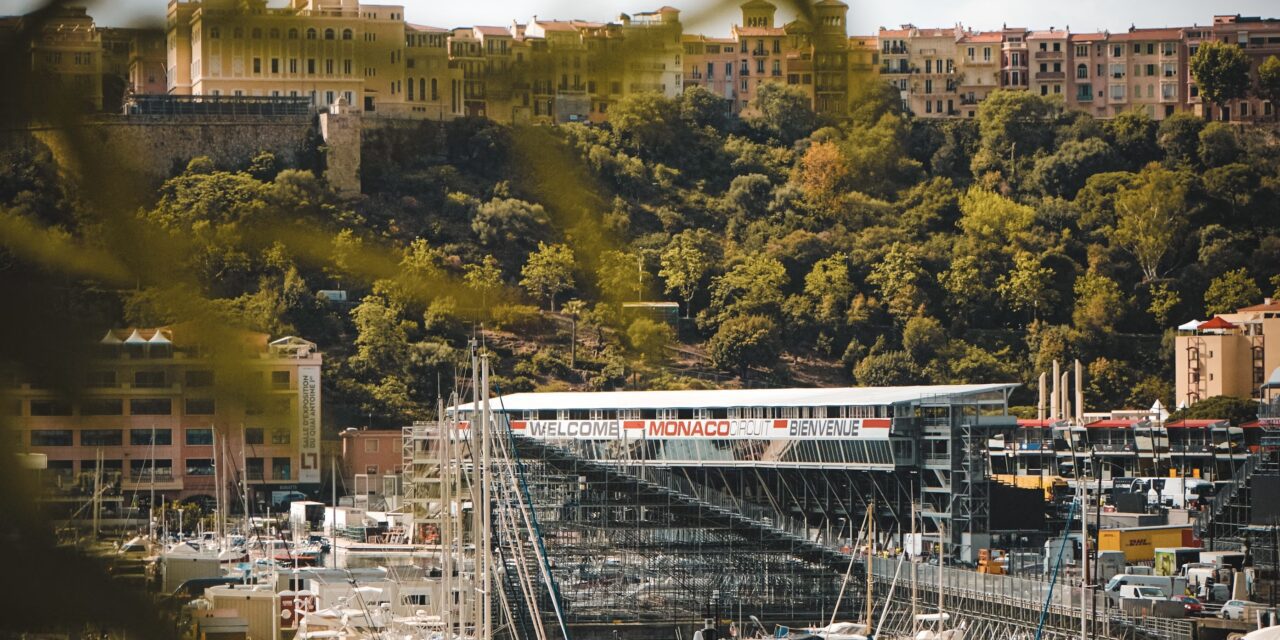After a predictably processional Monaco Grand Prix that saw just two overtakes in 78 laps—despite the introduction of a mandatory two-stop rule—Formula 1 team principals are calling for serious discussions about altering the layout of the legendary Monte Carlo street circuit, reports The Guardian.
While McLaren’s Lando Norris took a commanding win on Sunday, the attempt to spice up the race with enforced pit strategy was widely panned, with drivers and team bosses united in one message: the real problem is the circuit itself.
Red Bull boss Christian Horner didn’t mince his words, stating, “The fundamental problem is you cannot overtake here.” Pointing to the ever-growing size of modern F1 cars and the ever-static narrowness of Monaco’s layout, Horner argued for a rethink of the track design. “Everything has to move with the times. It’s an iconic and historic circuit, yes—but that doesn’t make it untouchable.”
He suggested that even a small change—just one viable overtaking zone—could salvage the spectacle. “Everybody knows that when you come here, the race is basically over on Saturday.”
The race unfolded exactly as feared: a procession up front, with leading teams mirroring pit strategies and little hope for change barring a safety car or red flag—neither of which materialised. Drivers further down the order played pit-window games, slowing intentionally to help teammates, much to the irritation of those stuck behind.
Norris himself admitted that the rule tweak didn’t deliver real racing. “There’s not been any more overtaking here. I thought that was what was wanted,” he said. “Now you just give people opportunity by luck—waiting for a red flag or safety car. It’s not a better or more deserved outcome.”
While the Automobile Club de Monaco (ACM) insists modifying the layout is virtually impossible due to the city’s geographic constraints—wedged between cliffs and sea—some in the paddock believe it’s time to rethink what’s possible.
McLaren team principal Andrea Stella applauded the FIA’s attempt to intervene, but echoed that the core issue remains the circuit itself. “The main limitation remains the fact that you cannot overtake. I’m not sure this can be changed just with pit stop rules. Maybe we should be looking at the track layout.”
Mercedes chief Toto Wolff also backed the call for reform, suggesting race regulations like minimum lap time requirements to discourage artificial backing-up of the field, while also encouraging dialogue with Monaco organisers. “Is there anything we can change on the layout—even in a city squeezed between mountains and the sea? Let’s have that conversation.”
For now, Monaco remains a jewel in the F1 crown—but perhaps a slightly tarnished one. As the cars evolve and the sport shifts with the times, the question lingers: can the most glamorous race on the calendar afford to stand still?


